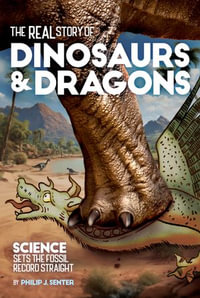
Fossil Horses of South America
Phylogeny, Systemics and Ecology
By: José Luis Prado, María Teresa Alberdi
eText | 25 April 2017
At a Glance
eText
$139.00
or
Instant online reading in your Booktopia eTextbook Library *
Read online on
Desktop
Tablet
Mobile
Not downloadable to your eReader or an app
Why choose an eTextbook?
Instant Access *
Purchase and read your book immediately
Read Aloud
Listen and follow along as Bookshelf reads to you
Study Tools
Built-in study tools like highlights and more
* eTextbooks are not downloadable to your eReader or an app and can be accessed via web browsers only. You must be connected to the internet and have no technical issues with your device or browser that could prevent the eTextbook from operating.
ISBN: 9783319558776
ISBN-10: 3319558773
Series: The Latin American Studies Book Series
Published: 25th April 2017
Format: PDF
Language: English
Publisher: Springer Nature
You Can Find This eBook In
This product is categorised by
- Non-FictionEarth Sciences, Geography, Environment, PlanningEarth SciencesPalaeontology
- Non-FictionEarth Sciences, Geography, Environment, PlanningEarth SciencesGeology & The Lithosphere
- Non-FictionScienceBiology, Life SciencesLife Sciences in GeneralEcological Science
- Non-FictionEarth Sciences, Geography, Environment, PlanningGeographyBiogeography
- Non-FictionScienceBiology, Life SciencesZoology & Animal SciencesAnimal Ecology
- Non-FictionEarth Sciences, Geography, Environment, PlanningEarth Sciences
























